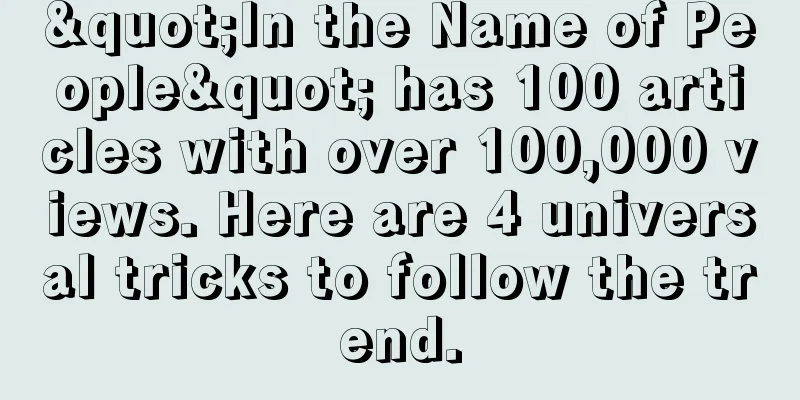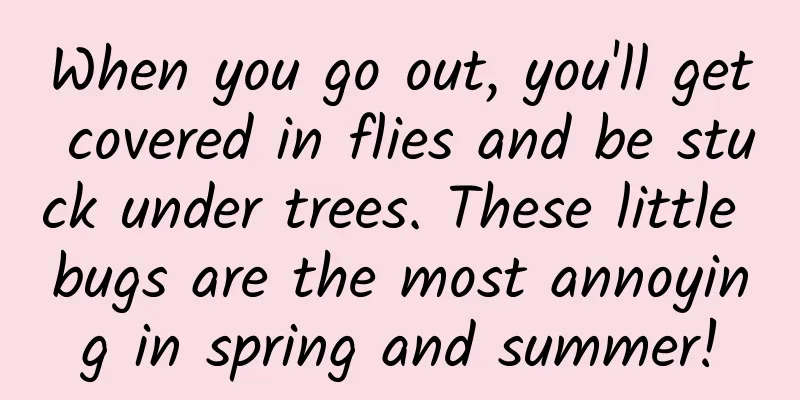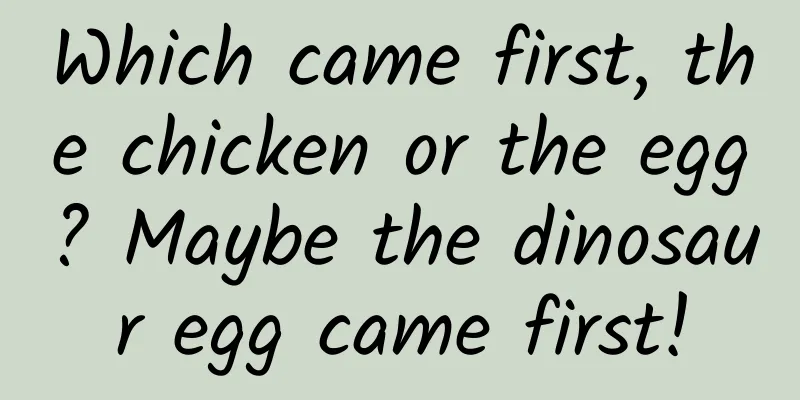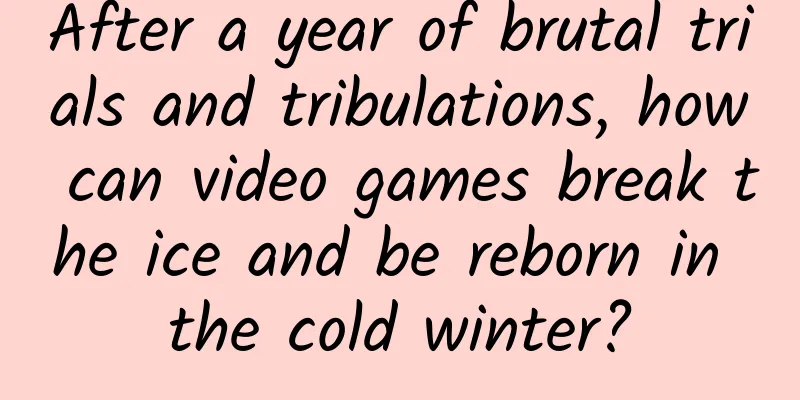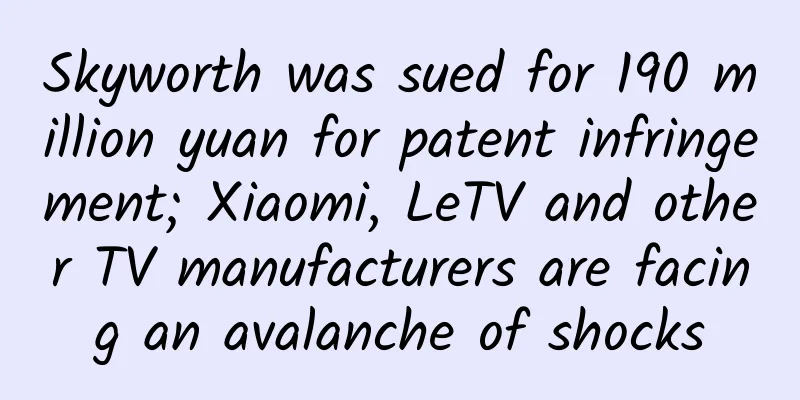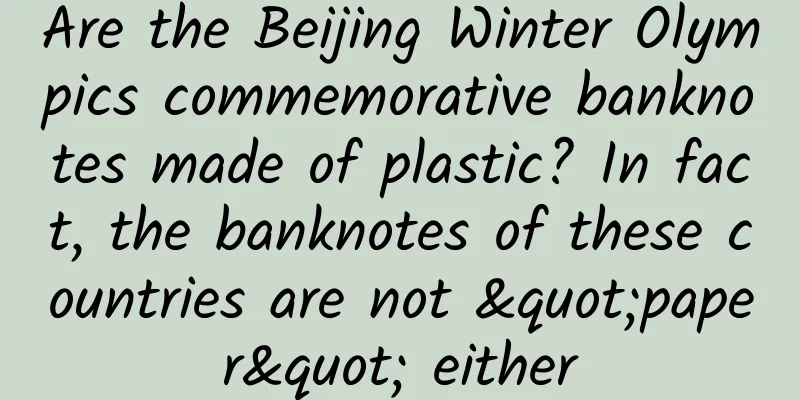What? When the ancients created Chinese characters, they actually made these "wrong" characters?!
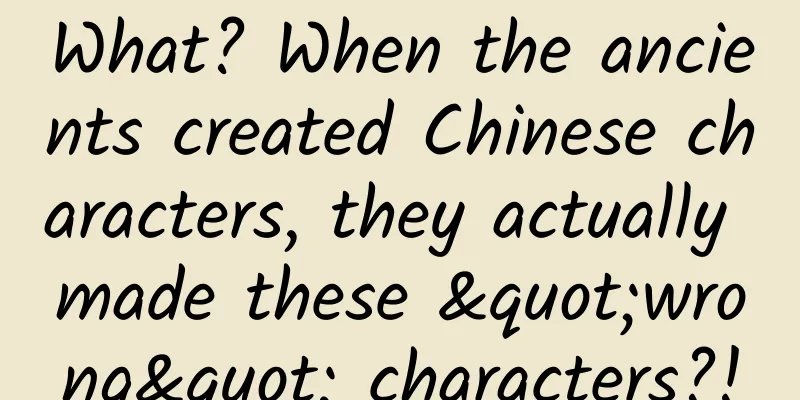
|
When talking about Chinese characters, one can often see a myth about Chinese characters expressed by netizens online: many characters seem to be created incorrectly . For example, the following three groups: 1. "短" and "射" : "矢" means arrow, and "委" means to throw. Throwing the arrow out, isn't this "射"? Look at "射", "身" is one "寸" tall, and you have to climb a ladder to get on the kang, so this head is a little "short", right? 2. “出” and “重” : Two “山” stacked together is called “重”; the character “重” has “千” on top and “里” on the bottom, which means going out and walking a thousand miles. 3. Traditional Chinese characters for “魚” and “牛” : Why does “魚” have four legs and “牛” has a big tail? Are they also reversed? In fact, these are all misunderstandings caused by a lack of understanding of the history of the evolution of Chinese characters, not mistakes. As long as we trace the origins and re-understand these characters from the perspective of the evolution of Chinese characters, the problem will naturally be solved. Today, let’s take a look at where the three groups of words mentioned above come from. "Short" and "shoot" I have seen the mistake of the two words "短" (aishi) and "射" (she) twice in ancient books from the Qing Dynasty. One time was in Volume 1 of Guangyang Miscellaneous Notes by Liu Xianting in the early Qing Dynasty, which complained that the "Koreans" were playing tricks; the other time was in Volume 7 of Xieduo (Xiedu) by Shen Qifeng in the middle Qing Dynasty, which said that the inventor of this statement was a female prodigy. Photo of Guangyang Miscellaneous Notes from the Gongshuntang Collection. The book not only talks about "dwarf" and "shooting", but also mentions "fish" and "cow". In fact, these are just jokes that literati tell for fun after dinner, and they are totally illogical. ▲ Short Let’s talk about “azha” first. The “wei” on the right side of “azha” does mean to throw, but this “throw” does not refer to throwing, but to discarding . Throwing away the arrow cannot be called “shooting”. In addition, "短" is a very typical phono-semantic character. But please guess which side is the phono-semantic radical and which side is the phonetic radical? Most people would probably guess that the left “矢” is the phonetic component and “委” is the semantic component. However, the Da Xu version of “Shuowen Jiezi·矢部 (Newly Added Characters)” mentions: “[短] is a short person. From ‘矢’, ‘委’ is the pronunciation.” “短人” is a short person. This sentence says that the semantic component of “短” is “矢” and the phonetic component is “委” . Book image of Tenghuaxie version of "Shuowen Jiezi" (Daxu version). You may think that “挨” and “委” have different pronunciations? Actually, in ancient Chinese, their pronunciations both belong to the “影ニ歌部” and were once very similar. The "委" on the right side of the phono-semantic character "短" is used to represent the pronunciation, and the "矢" on the left side cannot be idle either, it must represent the meaning. Xu Kai, a scholar who studied "Shuowen Jiezi" in the Five Dynasties period, told us in "Shuowen Xichuan·Yabu" that the radical "矢" has the meaning of measurement , "like using a bow as a measure". The famous scholar Zhang Shunhui said that in some places in Hunan, people would use the length of the bow as a unit when measuring fields, and six feet was one "弓". Perhaps the arrows that matched the bow were also used to measure shorter things. In addition to "短", there are more than a dozen characters with the radical "矢" such as "短" and "矬" (cuó) that have the meaning of being short. One more piece of knowledge: from the ancient form of Chinese characters, the "矢" on the left of "短" is actually a corruption of "夫", which is actually the shape of "人". From this perspective, "短" and archery have nothing to do with each other. ▲ Shoot After talking about "short", let's look at the character "射". The character "射" has two forms of writing in oracle bone script: simplified and traditional. The simplified form of "射" is a "bow" with an arrow "矢" horizontally on it . All the oracle bone script images used in this article are from Li Zongkun’s Oracle Bone Script Collection, Zhonghua Book Company, 2012. Or if you flip the image, it’s also “shoot”. If you don’t mind the trouble, you can also choose to write it in traditional Chinese. The way to write it is to add one or two “又” characters next to the abbreviated form of “射” to represent the hand. The additional symbol besides the bow and arrow is “又”, which was originally a pictograph of a hand. The characters for "射" in bronze inscriptions are usually similar, except that the "又" in some cases becomes "矢". In the stone drum inscriptions during the Spring and Autumn Period and the Warring States Period, the bow and arrow on the side no longer look like a bow and arrow. The font image comes from the first rubbing of Ruan Yuan's original engraving in the second year of Jiaqing, "The Northern Song Stone Drum Text of Tianyi Pavilion Re-managed by the Ruan Family of Yizheng". In the Qin Dynasty official script unearthed from Shuihudi, the ancients added a dot to "又" to turn it into "寸" (the original character of "脚"). This character was then converted into regular script and it became almost the same as today's "射". The glyph image is from Zhang Shouzhong's "Compilation of Qin Bamboo Slips from Shuihudi", Cultural Relics Publishing House, 1994. "Out" and "Heavy" ▲Out The oracle bone script of “出” is very simple, basically it is a “止” (the original form of “趾”, which means foot) leaving a hole in the ground . In the oracle bone script era, houses were generally “semi-underground buildings”, which meant finding a high place with decent drainage, digging a large pit of several square meters (the shallow one might be only a few decimeters deep, the deep one could be more than one person deep), with the pit wall equal to the wall, and a shack roof on top to be the home. The pit under the character “出” may symbolize such a “home”. By the Warring States Period, the beauty of this character had greatly improved, but the shape of a foot had gradually disappeared. I have always liked the character "出" in the Houma League Book, which is very artistic. The character image is from Tang Yuhui's "Warring States Characters", Fujian People's Publishing House, 2001. This character evolved further and became the later character "出". ▲Heavy "出" has nothing to do with "山", and "重" is not very familiar with "千" or "里". If we want to learn "重", we must first know this word in oracle bone script. Can you guess which character it is? If not, here's a hint: it means a direction. Do you know it now? Yes, it is "东" (traditional Chinese: 东). "东" is a typical pictograph. Its original meaning is a bundle, and it has the same origin as the character "束" . Therefore, the Da Xu version of "Shuowen Jiezi" quoted Guan Pu's point of view, believing that the statement that the traditional character "东" means "sun in the wood" is definitely wrong. In addition, although the original meaning of the character "东" is a bundle, it has nothing to do with the word "东西". The word "东西" does not come from the ancient "东" which means a bundle, nor does it come from the east market and west market, or the east wood and west gold. Instead, it originated between the Five Dynasties and the two Song Dynasties. It originally referred to "simple things" (the ancients believed that knowing the east, west, south and north was the simplest thing), and later referred to everything. Now that we have strayed off topic, let’s get back to “东”. “重” is related to “东”. There is a character in bronze inscriptions that has a little man on one side and “东” on the other. All the bronze inscriptions images used in this article are from Dong Lianchi’s New Bronze Inscriptions, published by Writers Publishing House in 2011. The famous scholar Ke Changji believed that this character was "heavy", and its shape resembled a person carrying an extremely large and heavy package . Someone changed the character from a left-right structure to an up-and-down structure. The shape of the character changed, but the meaning did not change. Later, someone added a "土" at the bottom of the character, so that one could bear the weight with down-to-earth feet. The character "重" thus formed is the ancestor of the character "重" in later generations. Fish and Cow "鱼" and "牛" are both typical pictographic characters. I was also surprised. How big of a brain hole does it take to see the shape of a cow from the traditional Chinese character "鱼"? ! Fish If I really want to use my imagination, I might as well say that the oracle bone script for "fish" resembles a person. The characters in bronze script are more diverse, and some are highly realistic. Some expressions are more unique. By the late Western Zhou Dynasty, an image similar to four dots gradually formed under the character. The two dots in the middle were the tail fins of a fish, while the two dots on the sides were because the ancients thought that the space was not good-looking if left empty, so they used "Xian Fu" to decorate it. ▲Cow Let’s look at the character “牛” (cow). “牛” is originally a pictograph of a cow’s head. However, the one above is too complicated and difficult to draw, so I simplified it into a few abstract strokes. From this it gradually evolved into what it is today. The glyph images are from Teng Rensheng's "A Revised Edition of Chu-style Bamboo and Silk Manuscripts", Hubei Education Press, 2008. In addition to these, there are some rumors that are not so widely spread. For example, some people say that "凤" (traditional Chinese: 鳳, the shape of the character is "凡" plus "鳥") and "鸭" are reversed, "鸭" is the "鸟" of "凡", and "凤" is the "甲" of the world; some people say that "炊" and "烟" are reversed, because "火" can only "炊", and "火" has "缺" to produce "烟"... These are all people who have not learned ancient pronunciation and cannot see the problems caused by ancient phono-semantic characters, so this article will not refute them one by one. There are also mistakes in Chinese characters, but they are not the ones above. Therefore, from the perspective of philology, the statements that "短" and "射", "出" and "重", "鱼" and "牛" are reversed are basically nonsense. However, there are indeed cases where Chinese characters are "wrongly" identified. Let's look at an example. How do you read the following word? dice Most people pronounce it as shǎi zi. But if you look it up in a dictionary, you will find that the word for “骰” is pronounced as tóu, and the word pronounced as shǎi is the polyphonic word for “色”. However, pointing at "dice" and reading "color" is not wrong . At the beginning, "dice" and "color" are indeed two completely different words, but they refer to the same thing. Later, as the language evolved, the word "color" became more and more popular in spoken language and replaced "dice"; but in terms of writing, "dice" and "color" have always been very common, which has led to the situation of looking at "dice" and reading "color". This situation is somewhat similar to the Japanese kunyomi, and the famous scholar Shen Jianshi called it "same meaning, different reading". There are many more examples like this: 頫: The "頫" in the name of Zhao Mengfu, a master of calligraphy and painting in the Yuan Dynasty, means to bend over. It may have been pronounced as "tiào" but everyone pronounces it as "伏"; 墟: The "墟" in "墟垸" (Weiyuan) that we learned in middle school geography class means to surround. It should be pronounced as "yú", but now it is pronounced as "圍"; La : The "La" meat that people often eat has the phonetic component "昔" (xi). It should be pronounced as xī today, but because it is pronounced the same as "La" (rice) meat, it is now pronounced as là. Urine : There is also the "urine" in "urine bubble", which is pronounced as "private" (polyphonic: suī) in many places in the north; Shi : The ancient unit "Shi" is a commonly used character. However, since this unit was also called "Dan" in ancient times, many people after the Ming and Qing Dynasties pointed to "Shi" and read it as "Dan". However, the pronunciation of "Shi" as "Dan" became popular very late and is not very common. According to my personal experience, until today, most ancient Chinese experts still read "Shi" as shí. It's just that people haven't changed the pronunciation, so don't think they are wrong when you hear it. Finally, in the long history of the use of characters, it is common for errors to occur. The myth of "mistakes" in Chinese characters should be observed and thought about from the perspective of the evolution of Chinese characters, so as to truly unlock the mystery of Chinese characters. References [1] Zhang Shunhui, Shuowen Jiezi (Explanatory Notes), Central China Normal University Press, 2009, p. 1296. [2] Lin Yiguang, Wenyuan, Volume 6, Zhongxi Bookstore, 2012, p. 277. [3] Yang Lin, “The Origin of the Chinese Character ‘Dongxi’ for Objects”, Yangtze River Academic Journal, No. 1, 2012, pp. 99-109. [4] Ancient Chinese Characters Gulin Compilation Committee, Ancient Chinese Characters Gulin, Volume 7, Shanghai Education Press, 2002, p. 531. [5] Qiu Xigui, An Outline of Ancient Chinese Characters, Commercial Press, 1988, pp. 219-221. Planning and production Author: Cleaner, PhD student at Nankai University Reviewer: Wang Hongzhi, Associate Professor, School of Humanities, Shanghai Normal University Planning丨Cui Yinghao Editor: Cui Yinghao |
<<: How do you make and receive satellite calls? Tiantong-1 satellite comes to your rescue
>>: The leader of their migration is actually an airplane?
Recommend
What is the universe like? Here is the answer you want
An unforgettable olfactory experience What does s...
Alipay Mini Program is here! This may be Alibaba’s most important strategy after Jack Ma announced his resignation!
[[243459]] There is a saying in the Internet indu...
[Practical Tips] Things about APP promotion and channel promotion!
Recently, many people have asked the following qu...
What would happen to humans if animals started to rebel against them?
This article is based on answering similar questi...
WeChat Moments 9-grid photo production_Taoduoduo
The usage is very simple. Just select the picture...
Sony Soundbar HT-X9000F Review: Dolby Atmos brings a sense of presence, and the vertical surround engine makes the sound quality more pure
For movie fans, the most important thing to enjoy...
What is the difference between single IP and dual IP when renting a server?
One of the factors that affect the price of serve...
WeChat Moments has changed again! Netizens are arguing over the new feature: Is this a blind box?
Recently, when you browse the updates of your fri...
Can the iPhone still perform facial recognition when wearing a mask?
As wearing masks has become an important measure ...
It's an eyesore! After clicking on the information flow ad, I actually saw this...
I have talked about many information flow adverti...
Top ten crisis public relations events in 2018!
Looking back at the year 2018, the public relatio...
It's about to get easier to change leaked passwords in Chrome for Android
Google is adding a feature to its Chrome password...
Search ranking rules of Android App Market, ASO optimization of Android App Market!
Many domestic channels are based on quantity, but...
In-depth review: Where is fast charging for new energy vehicles heading from the perspective of batteries?
1. Fast charging trends of batteries with differe...
